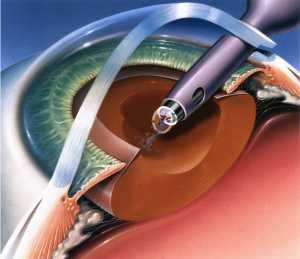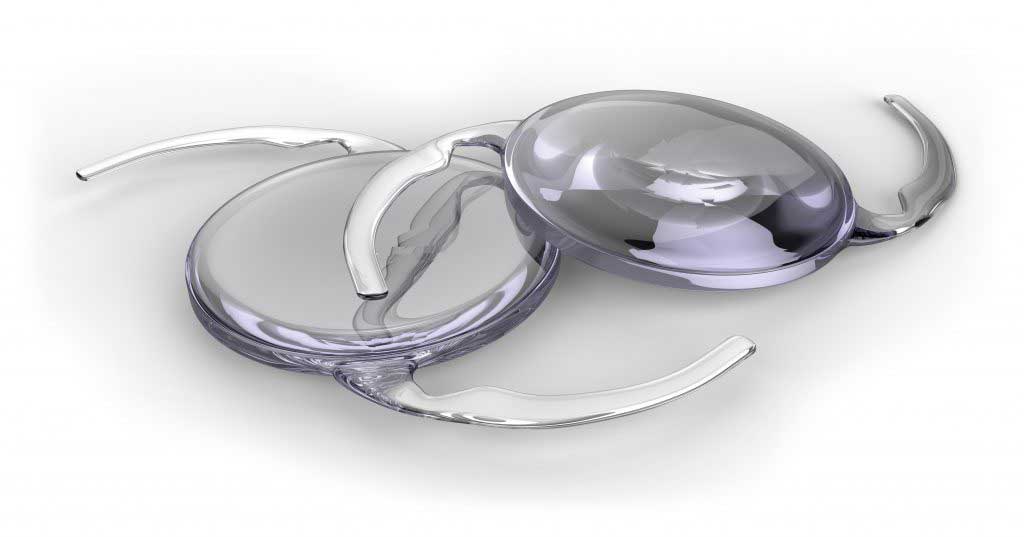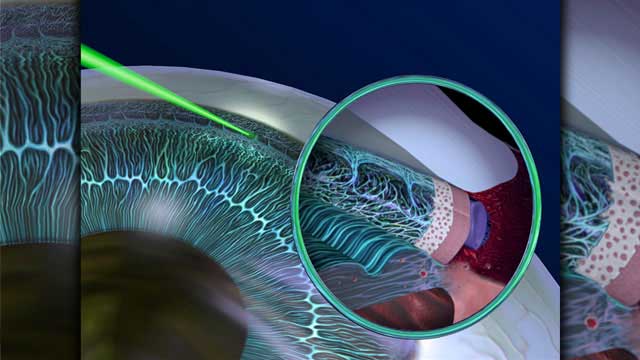The glaucoma valve acts as an alternative pathway for the ophthalmic fluid to exit from the inside of the eye to the outside of the eye.
It is used in advanced cases of glaucoma or after the failure of traditional surgeries to reduce high intraocular pressure, or in some special cases such as: unresponsive pediatric glaucoma, glaucoma after corneal transplantation, or glaucoma associated with the formation of foreign blood vessels inside the eye.
Types of glaucoma valve:









